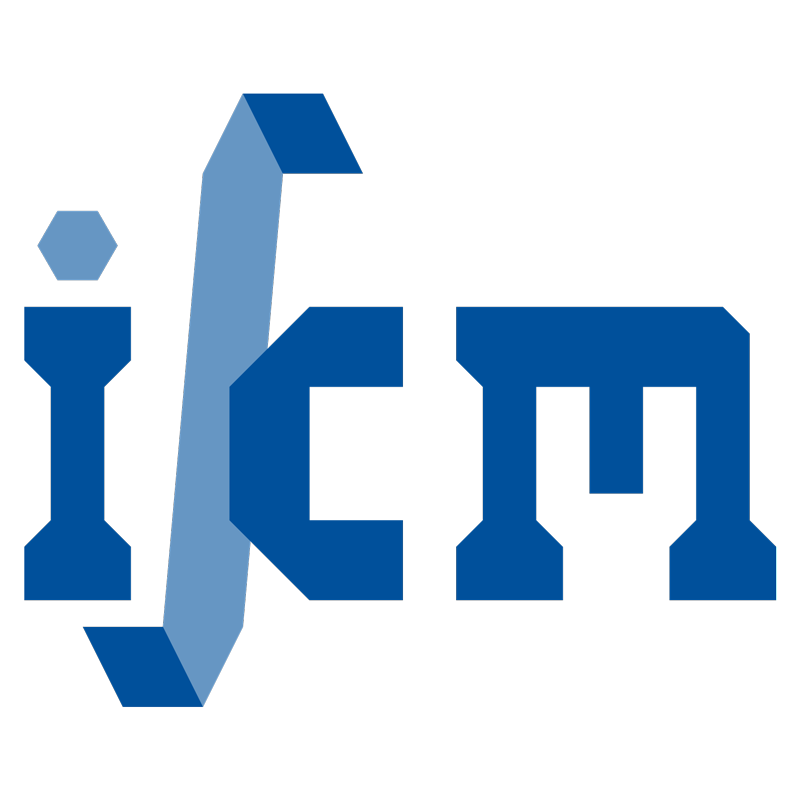Effects of functional group type and coverage on the interfacial strength and load transfer of graphene-polyethylene nanocomposites
a molecular dynamics simulation
- authored by
- M. R. Karimi, K. Abrinia, Khader Hamdia, Seyed Majid Hashemianzadeh, Majid Baniassadi
- Abstract
Graphene-reinforced polymer composites may fail the expected response when the load transmission at the graphene–polymer interface is not carried out properly. Therefore, a careful examination should be allocated to the behavior of this region. As the load transmission can be either perpendicular or tangential to the graphene sheet, normal or shear forces can cause a failure. We analyze the effect of functionalization on the mechanical behavior of the interface. Throughout the simulations, six types of functional groups (COOH–, CH
3–, OH–, NH
2–, C
2H
5–, and H–) with different percentages are attached to graphene in the interface. Our results indicated that the shear and normal forces increased with an increment of the coverage percentage (up to 21%) and then, a saturation occurred whereupon no further change is observed in the interfacial properties. Among these functional groups, results stated that COOH has the greatest effect while OH, CH
3, and NH
2 have relatively equal effects and H has the lowest influence on the enhancement of interfacial mechanics. During polymer detachment, our simulations exhibited that increasing the coverage percentage of the functional group can improve the attachment of graphene to the polymer at the interfacial layer up to point of saturation and further functionalization is redundant. Graphical abstract: [Figure not available: see fulltext.]
- Organisation(s)
-
Institute of Continuum Mechanics
- External Organisation(s)
-
University of Tehran
Iran University of Science and Technology
University of Strasbourg
- Type
- Article
- Journal
- Applied Physics A: Materials Science and Processing
- Volume
- 128
- ISSN
- 0947-8396
- Publication date
- 25.04.2022
- Publication status
- Published
- Peer reviewed
- Yes
- ASJC Scopus subject areas
- General Chemistry, General Materials Science
- Electronic version(s)
-
https://doi.org/10.1007/s00339-022-05427-x (Access:
Closed)
-
Details in the research portal "Research@Leibniz University"


